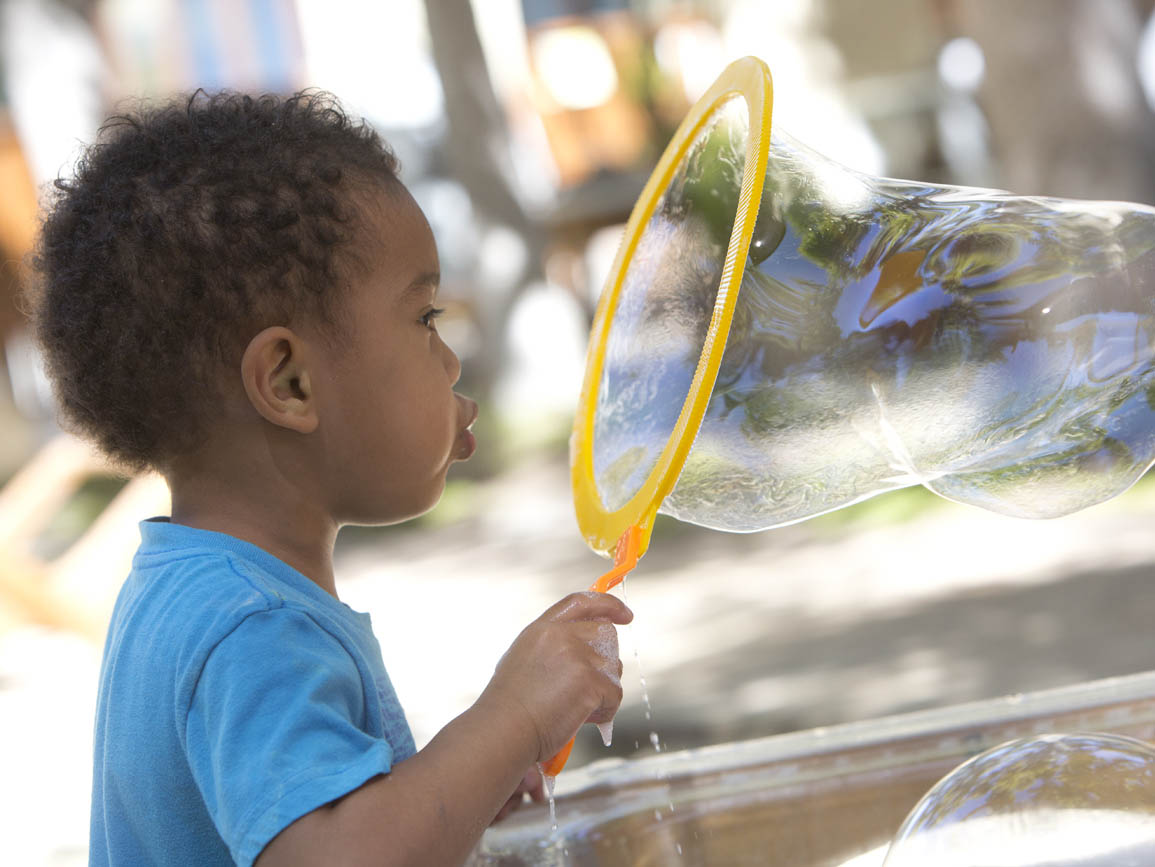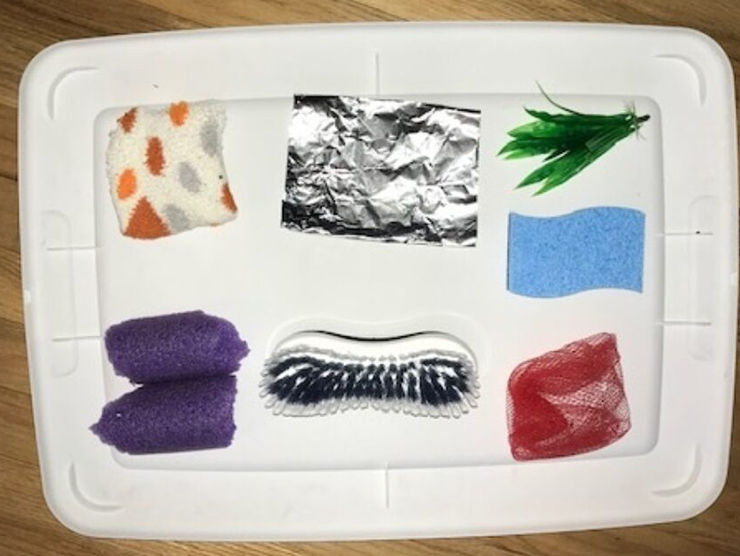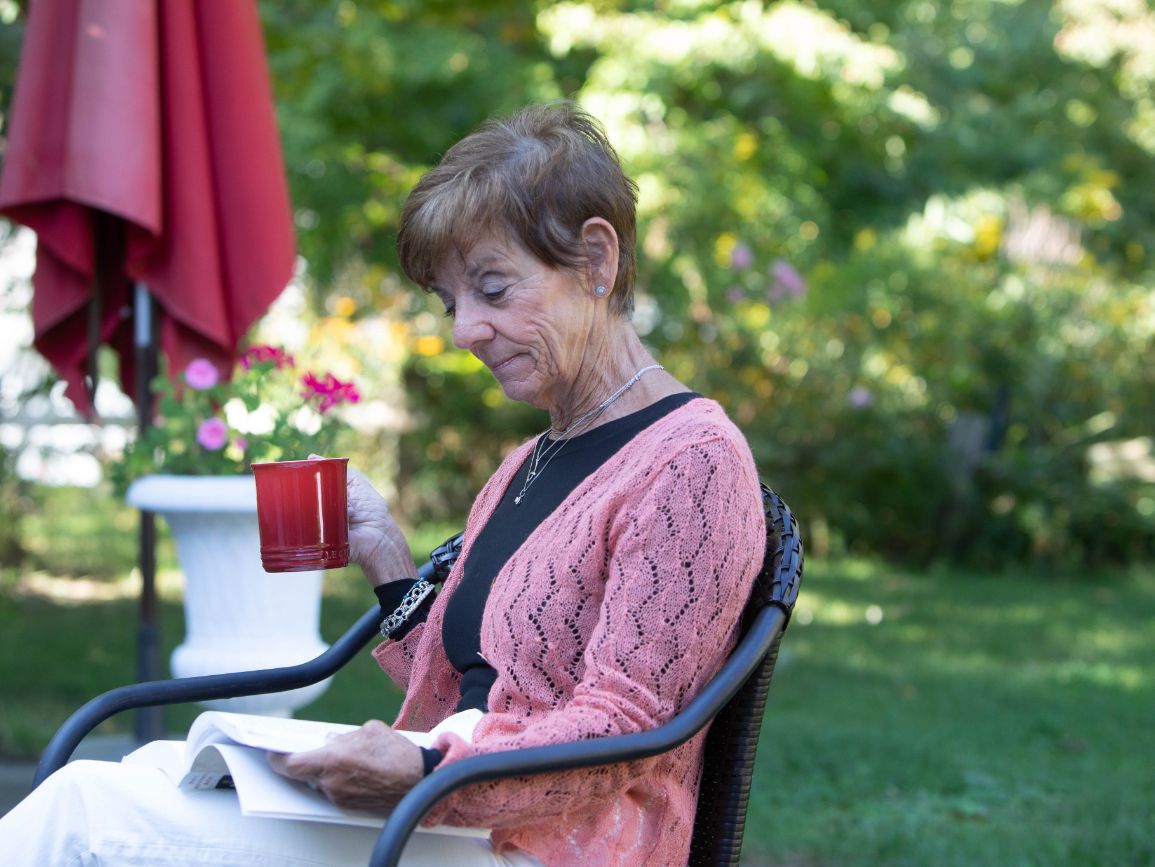Many times, our travel decisions have to be based on practical factors like cost and scheduling, rather than convenience. When we do have choices, traveling with children can be a pleasant adventure. The key is to put yourself in your child’s shoes when planning the trip.
Before You Go:
- What time should you fly? It may be easier to bring children to the airport when they are wide awake. For younger travelers, a nap-time or bed-time flight may be easiest. Thinking about how your children deal with change may help you make this decision.
- When booking the flight, secure seating preference when possible. You can check out the configuration of airline seating by visiting seatguru.com.
- On most airlines, if you’re traveling with a child under 2, you do not have to purchase a ticket. However, you will have to hold the baby on your lap if there is no seat available. If it looks like it’s going to be a full house on a long flight, you may want to purchase the extra ticket, keeping in mind that prices change as you approach a 14-day or 7-day advance window. Some airlines may offer a discounted rate for travelers under 2 years old.
- Do you need a car seat? There is no legislation or airline policies requiring the use of car seats, so it is up to you. The airlines and the Air Transport Association say car seats are a good idea for kids up to 40 pounds. Car seats prevent and reduce the severity of injuries suffered by small children during turbulence, rough landings, and other situations.
- Should you get a direct flight? If a direct flight is available and is not cost prohibitive, most parents would say “yes” because connecting flights usually mean more waiting time and increase the possibility of delays. On the other hand, flights with connections may be cheaper and children might enjoy exploring an airport in another city.
Getting Ready:
- What will you and your children wear? While dressing up for the prospect of seeing grandma might be fun, consider comfort as well. If your children are still in diapers, think about what clothes will be easiest for diaper changes in your seat. For little ones who can use the airplane bathroom, remember that they will have to go through their routine in a very small space.
- Plan what your child will eat during your trip. Airlines have cut back on almost all meal services, and when food is served there are usually no choices. Bring along snacks, treats, or even a full meal to eliminate guesswork and make for a fun “airport picnic.” For infants, don’t underestimate the amount of formula and baby food you may need. Flights can be delayed for all sorts of reasons, and storms thousands of miles away can result in delays or cancellations. Baby food is not an amenity commonly found in airports, so be prepared. Medications, baby formula and food, breast milk, and juice are allowed in reasonable quantities exceeding 3.4 ounces (100ml) and are not required in a plastic bag. Declare these items for inspection at the checkpoint.
- If you can, time a bottle for take off and landing, or be prepared with a pacifier. The sucking will relieve the pressure on your infant’s ears (crying has the same effect but is a more problematic solution).
- Think about what your children will do at the airport and on the plane and bring a fun pack. For young readers, the latest books in their favorite series or some popular magazines are a must for the backpack. Many children enjoy games and quite a few favorites come in travel-size editions. Basics like a box of crayons and a drawing pad may work for the entire family. Comfort items such as a blanket or stuffed animal, some favorite toys, and perhaps a surprise item can keep little ones occupied.
- If age appropriate, talk about the trip with your children. Who will they see? How far are they traveling from home? Can they find their destination on the map? Have they read a story about that place or about pilots or aircrafts? Anticipation is part of the excitement of travel and the world of airports can be as much of a learning experience as the actual destination.
At the Airport:
- In the terminal, squirmy toddlers may just need some supervised running in the long terminal hall – some movement to precede what will be a long stretch of sitting. And if you’ve got a small blanket or mat, your infant may appreciate some time out of the car seat or stroller – a stretch on the floor next to you.
- Explore the terminal; watch what people do on the tarmac and how many people it takes to keep an airport going.
- Talk with children about how things work. How do our suitcases get to the plane? Why are some airplanes towed to the runway? How many places could we fly to from this terminal?
- Children often gravitate to one another. Allow children to share their supplies. If you’ve got crayons and paper, you’ve got an impromptu art show.
- Keep your expectations reasonable. Sitting and waiting are usually not in a young child’s repertoire, so take walks, look out the airport window, read stories, play games, and have fun.
On the Plane:
- Walking a toddler up and down the aisle is completely acceptable – if the seat belt sign is off, the attendants are not trying to serve, and you don’t let go of the child.
- Infants will often cry during takeoff and landing – that’s the only way they can tell us that the pressure in their ears is no fun. Always have a pacifier, bottle, or finger to suck on to give them another coping mechanism.
- Infants may cry, even after you’ve tried all the usual responses – bottle, diaper change, burping, patting, singing – and your fellow travelers will have varying responses to this situation. Just do your best and know that the tears will ultimately turn to smiles or a good nap. If you see a few scowls, remember that the scowlers were once infants, and they are probably outnumbered by empathetic parents feeling bad for you and your infant.
- Have some planned surprises: a new bottle of bubbles, stickers, press-on tattoos, or maybe even a portable CD player or an electronic game.
Our children will probably be the most traveled generation ever. Maybe they will even be grateful for all that we went through to make that possible.
Additional Resources:
- A fun way to pass the time on planes is listening to Family Taped Stories on headphones or browsing Mini Photo Albums of children, their friends or family.
- Read Modern Mom's Top 10 Things to Bring when flying with kids on our Mom to Mom blog.
- Visit the Transportation Security Administration site for up-to-date information and videos on taking children through security, traveling with infants and more.
- Visit Flying with Kids – a Web site that provides tips for traveling with small children.





